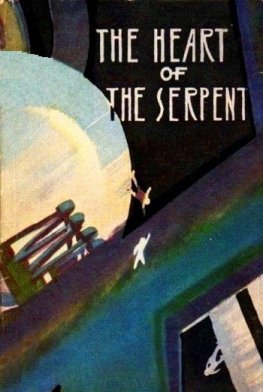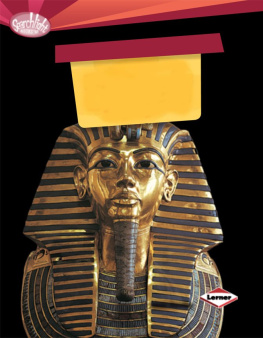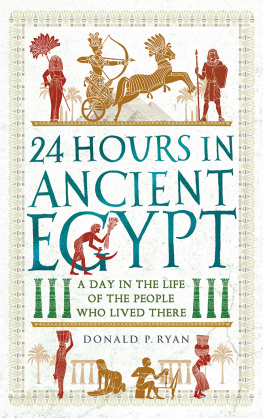Ivan Yefremov
THE LAND OF FOAM
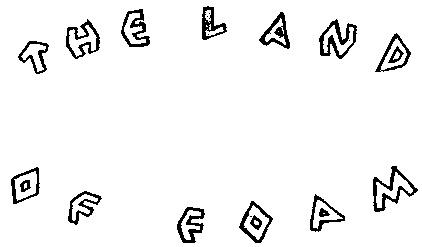
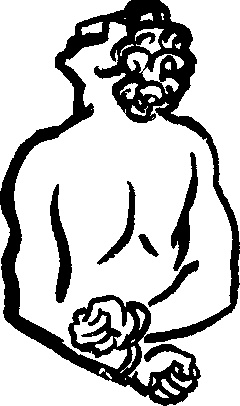
FOREIGN LANGUAGES PUBLISHING HOUSE

Moscow

TRANSLATED FROM THE RUSSIAN BY GEORGE H. HANNA
DESIGNED BY N. G R I S H I N

In 1922, when Ivan Yefremov, at the age of 16, passed his matriculation examination in Petrograd, it is doubtful whether he even thought that one day he might become a writer.
He had been early left an orphan and went through the Civil War as the protg of a Red Army Regiment. He had read many books, but the one with the wonderful pictures and descriptions of strange animals had always attracted him more than any other.
Academician Sushkins study opened its doors to him without any letters of recommendation the Academician devoted the youngster the hours torn from the days already packed tight with work; it was something of great significance, something they both had in common, that brought the fifty-five-year-old scholar and the sixteen-year-old boy together.
In 1927 Ivan Yefremov published his first scientific paper A Description of the Habitats of Ancient Amphibians. Other scholarly papers followed one after another and in 1935 their author was granted the degree of Candidate of Science. Five years later he earned the degree of Doctor.
His constant search for extinct animals had taken him to the Far North, Eastern Siberia, Yakutia, the Urals, the Far East, Central and Inner Asia, Mongolia and Western China always following untrodden paths.
In 1943 the scholar launched out as a writer of popular science-fiction; among his books are the romances Stellar Ships and Baurjeds Travels.
In 1954 Yefremov finished his book The Road of the Winds, describing a 16, 000-mile journey in search of extinct animals in the windswept steppes of Mongolia. In 1957 he published a new popular-scientific romance The Galaxy of Andromeda the action of which takes place 2,500 years from now.
Yefremovs is a twin talent, that of the scientist who strives for knowledge and the writer who must speak. Had he not been a scholar he would probably not have been such a writer, and if the scholar had not been an artist he would certainly not have been such a scholar.
CONTENTS
PROLOGUE
CHAPTER I. THE SCULPTORS APPRENTICE
CHAPTER II. THE LAND OF FOAM
CHAPTER III. THE SLAVE OF PHARAOH
CHAPTER IV. THE FIGHT FOR FREEDOM
CHAPTER V. THE GOLDEN PLAIN
CHAPTER VI. THE ROAD OF DARKNESS
CHAPTER VII. THE MIGHT OF THE FOREST
CHAPTER VIII. THE SONS OF THE WIND


fresh autumn breeze swept over the ruffled surface of the Neva. In the bright sunshine the tall, slim spire on the Fortress of Peter and Paul was a streak of gold piercing the blue canopy of the sky. Below it Palace Bridge gracefully curved its broad back over rising and falling waves that sparkled and splashed against the granite steps of the embankment.
A young sailor sitting on a bench glanced at his watch, jumped up and walked off rapidly along the embankment past the Admiralty building whose yellow walls reared their crown of white columns high into the transparent autumn air. He walked quickly, paying no attention to the holiday atmosphere that surrounded him. He strode along with a light and confident step, the exercise warmed him, and he pushed his sailor cap on to the back of his head. He crossed a garden whose trees were aflame with autumn tints, passed along one side of an open space and for a moment stood before the entrance to the Hermitage Museum where two polished granite giants supported a massive balcony raised over a humped pavement. Scars made by German bombs were still to be seen on the giant bodies. The young man entered the heavy doors, took off his greatcoat and hurried towards a white marble staircase leading from the semi-gloom of the vestibule to a brightly-lit colonnade surrounded by a row of marble statues.
A tall, slim girl, smiling with pleasure, came to meet him. Her attentive eyes, set wide apart, seemed to grow darker and warmer. The sailor looked at the girl in some embarrassment but when he saw that she was just putting her cloak-room check into her open bag he knew that he was not late. His face lit up and he confidently proposed starting their tour of the museum with the Gallery of Antiquities.
The young people passed through the crowd of visitors, making their way along rows of columns supporting a brightly painted ceiling. After looking at the remains of vases and stone slabs bearing inscriptions in unknown languages, dismal, black statues from ancient Egypt, sarcophagi, mummies and other funereal appurtenances that seemed even more depressing in the gloomy galleries of the lower story, they felt the need for bright colours and sunshine. The youth and the girl hurried to reach the upper rooms. Passing through two more rooms they made their way to a side staircase that led to the upper galleries from a small room with tall, narrow windows through which gleamed a pale sky. A number of conical octagonal show-cases stood between the white columns but the small items of ancient art exhibited in them did not seem to attract the attention of visitors.
Suddenly the girls eyes caught a patch of marvellous blue-green light in the third show-case; it was so brilliant that it seemed to be a source of light in itself. The girl led her companion to the show-case. A flat stone with round edges lay on a sloping bed of silver-coloured velvet. The stone was extraordinarily pure and translucent, its glowing blue-green colour was unexpectedly joyous, brilliant and deep. On the upper surface, obviously polished by the hand of man, cleanly-cut human figures, no bigger than ones little finger, stood out in sharp relief.
The colour, brilliance and light emanating from the transparent stone formed a striking contrast to the dull severity of the gallery and the pale tones of the autumn sky.
The girl heard her companion heave a deep sigh and noticed in his eyes a dreamy look that bespoke memories evoked by the stone.
Thats just like the southern sea on a fine afternoon, said the young sailor slowly; the absolute confidence of one who has seen things resounded in his words.
Thats something Ive never seen, replied the girl, only I feel some sort of depth in that stone, some sort of light and joy I cant exactly explain Where do people find stones like this?
Neither the general heading over the four show-cases: Antae Burials: 7th Century, Middle Dnieper, River Ros, nor the label on the show-case itself: Grebenets Burial Mound, Ancient Clan Shrine told the young people anything. The other objects that surrounded the wonderful stone were equally incomprehensible: broken knives and spearheads so ugly and damaged by rust as to be unrecognisable, flat bowls, and some sort of pendants of blackened bronze and silver in the form of a trapezium.


